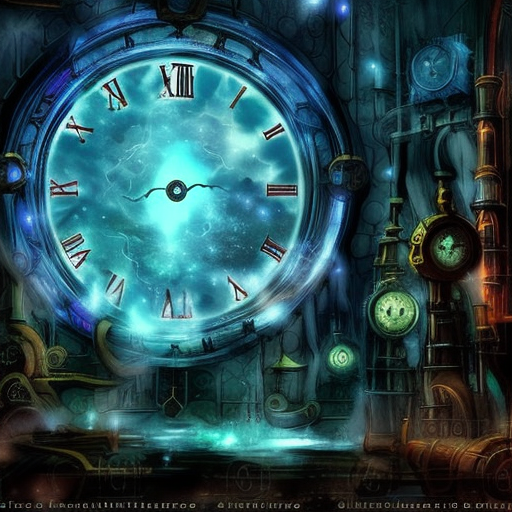One-line Summary:
“The Clockmaker’s Daughter” is a captivating tale that weaves together multiple narratives across time, exploring themes of love, loss, and the enduring power of art.
The Mystery Unveiled
In “The Clockmaker’s Daughter” by Kate Morton, readers are taken on a mesmerizing journey through time as the author skillfully intertwines multiple narratives to unveil a long-buried mystery. The story begins in 1862 at Birchwood Manor, a grand country house in England, where a group of young artists, led by the charismatic Edward Radcliffe, gather for a summer retreat. However, their idyllic stay is shattered when a shocking crime takes place, leaving one woman dead and another missing.
Jumping forward to present-day London, we meet Elodie Winslow, an archivist who stumbles upon a mysterious satchel containing an old photograph and a sketchbook with a drawing of Birchwood Manor. Intrigued by the connection to her own family history, Elodie embarks on a quest to uncover the truth behind the photograph and the enigmatic figure known as the Clockmaker’s Daughter.
As the narrative unfolds, Morton seamlessly weaves together the lives of various characters who have been touched by Birchwood Manor over the years. We meet Ada Lovegrove, a young woman who finds solace in the house during the summer of 1898, and Birdie Bell, a talented artist who becomes entangled in Edward Radcliffe’s life in the 1940s. Each character’s story adds a layer of depth to the overarching mystery, gradually revealing the secrets that Birchwood Manor holds.
A Tapestry of Themes
“The Clockmaker’s Daughter” explores a myriad of themes that resonate throughout the novel. Love and loss are central motifs, as characters grapple with heartbreak, grief, and the enduring power of love across time. The concept of time itself is also a significant theme, as the narrative effortlessly moves between different eras, highlighting the cyclical nature of history and the way in which the past continues to shape the present.
Art and creativity are celebrated throughout the book, with Birchwood Manor serving as a sanctuary for artists seeking inspiration. The house itself becomes a character, with its hidden passages, secret rooms, and the mysterious presence of the Clockmaker’s Daughter infusing it with an otherworldly aura. Morton’s vivid descriptions bring Birchwood Manor to life, immersing readers in its rich history and evoking a sense of nostalgia for a bygone era.
The Power of Storytelling
At its core, “The Clockmaker’s Daughter” is a testament to the power of storytelling. As Elodie delves deeper into the mystery surrounding Birchwood Manor, she discovers that the truth is often elusive and subjective. Each character’s perspective adds a layer of complexity to the narrative, highlighting the inherent subjectivity of memory and the way in which stories can be shaped and distorted over time.
Through her masterful storytelling, Morton reminds us of the importance of preserving and sharing our own stories, as they have the power to connect us to the past and shape our understanding of the present. “The Clockmaker’s Daughter” serves as a poignant reminder that our lives are intricately woven into the tapestry of history, and that the stories we leave behind can endure long after we are gone.
- The enduring power of love and the impact it can have across time.
- The cyclical nature of history and the way in which the past continues to shape the present.
- The importance of storytelling and the subjective nature of truth.
“We are all stories in the end, just make it a good one, eh?” – Kate Morton
In “The Clockmaker’s Daughter,” Kate Morton masterfully crafts a captivating tale that spans generations, exploring themes of love, loss, and the enduring power of art. Through multiple narratives and a richly detailed setting, the novel reminds us of the importance of preserving our stories and the way in which they shape our understanding of the past and present. As readers journey through time alongside the characters, they are left with a profound appreciation for the interconnectedness of our lives and the timeless nature of human experiences.












